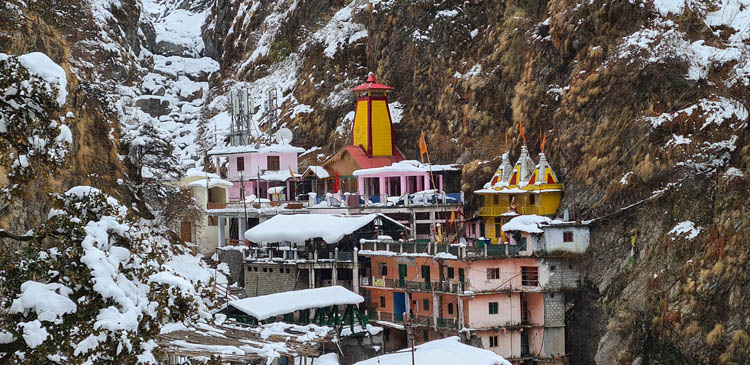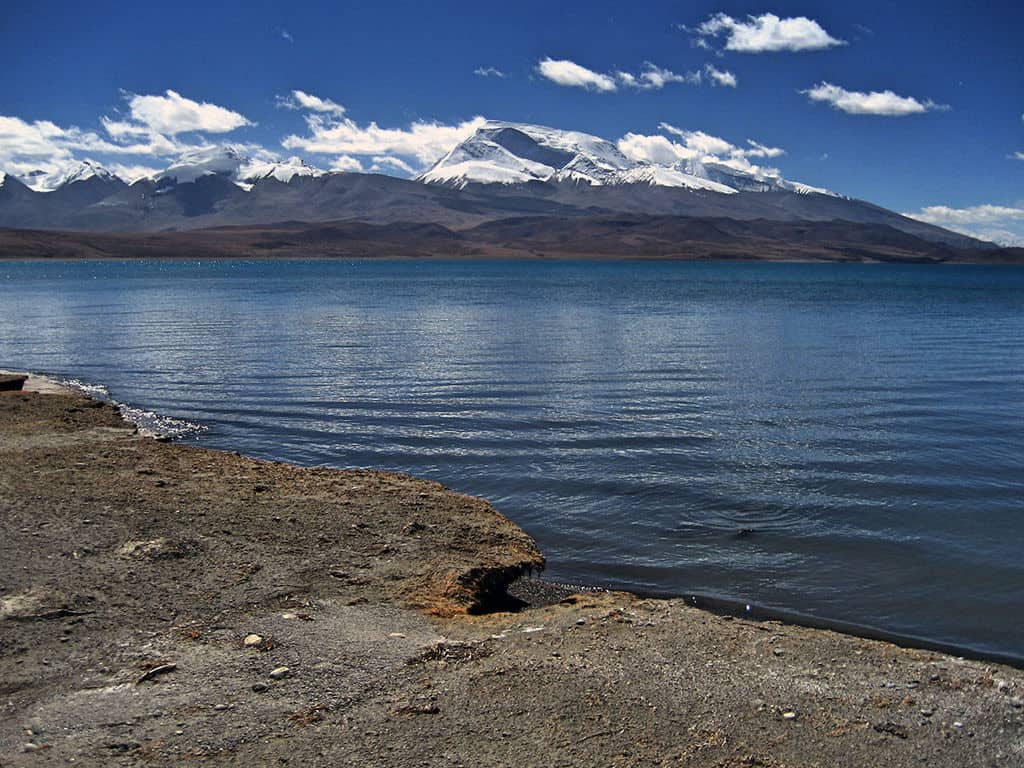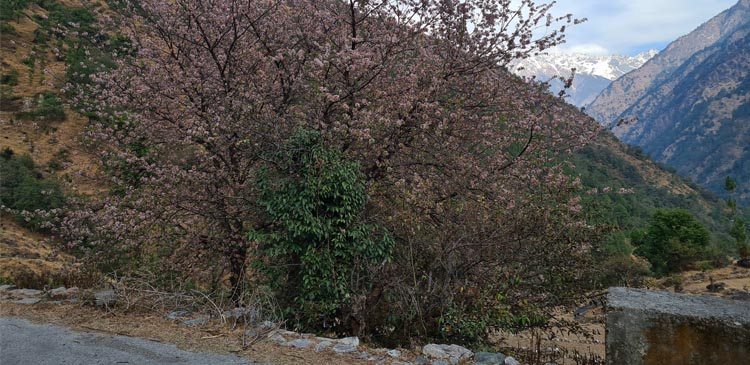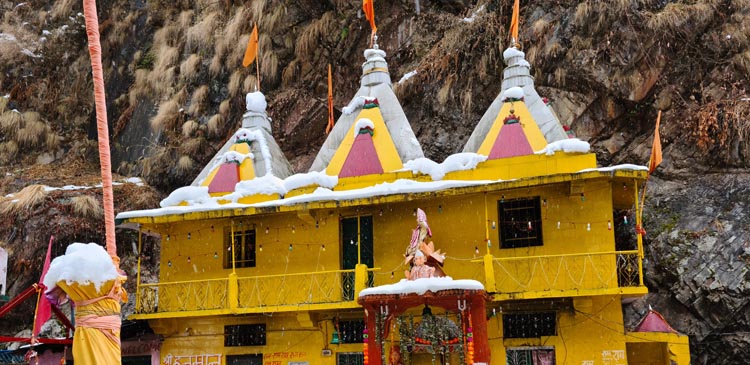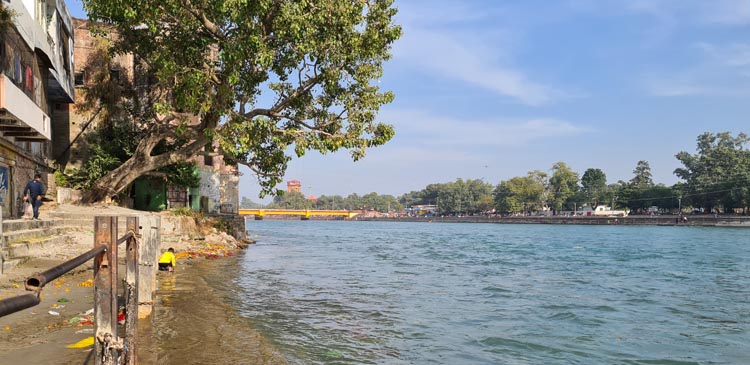Yamunotri Dham is preferably the first camp to launch the Uttarakhand Chota Char Dham Yatra. Among Hindu pilgrims, this holy place holds a firm belief that Yamunotri Dham downpours its blessings to the tourists for a free, pleasant, and unforgettable spiritual journey ahead. It is situated in a location that is the source of the Yamuna River.
The historical and religious significance of Yamunotri
The holiest Hindu Shrine Yamunotri is located in the Uttarkashi district of Uttarakhand, at an altitude of around 3185 meters above sea level. Yamunotri is preferably the first destination to launch the Char Dham Yatra Uttarakhand. It is claimed that Yamunotri Dham rains its blessings to the devotees to have a healthy and memorable spiritual journey ahead.
Here the temple devoted to the goddess Yamuna stands at the height of 3, 293 meters and along the majestic Yamuna River. Yamunotri is the source of the river Yamuna. The area is known primarily for its hot springs and glaciers. Asit Muni, a respected philosopher who used to live here, according to a Hindu text. The Yatra to Yamunotri can’t be fulfilled without the Prasad. The Prasad is made from potato and rice cooked in Surya Kund’s hot spring near the holiest shrine.
The top attractions in Yamunotri are
Yamunotri temple, Surya Kund Hot water spring, Kharsali Shani Dev Temple, Hanuman Chatti, Jankichatti, Hanuman Chatti, Darwa Top, Dodi Tal, Divya Shila.
Why is the Yamunotri temple one of the most popular places to visit?
Being one of the Chardham Yatra Uttarakhand, the Yamunotri temple is the most popular region of this place. Almost 80% of the tourists visit this place for the fantastic history behind it.
The temple has a shrine on the river’s left bank founded by Maharaja Pratap Shah of Tehri Garhwal dedicated to the goddess Yamuna. In due course of time, a large part of the ancient temple was heavily destroyed by a natural calamity such as an earthquake. The temple was eventually restored and rebuilt in the 19th century AD by Maharani Guleria Devi of Jaipur. The temple design shows the solely Nagar theme.
The temple is built of granite stones, and the top has a cone-shaped minaret with a light vermillion border colored pale yellow. The holy Goddess is portrayed in the shape of a black marble god. The temple’s inner chambers consist of the Garbha Griha or Sanctum Sanctorium, where the mother goddess rests, and the Mandap or assembly hall where visitors normally assemble for worship.
The most popular activities to perform in the Yamunotri temple
- Mangala Aarti is done in the morning hours, and in the evening, Shayan Aarti.
- There’s also a puja package for the devotees to purchase from local shops and give to the lord.
- The pilgrims’ list of auspicious items is coconut, sugar, incense stick, and stuff linked to ‘Saubhagya’ or good fortune, particularly for Hindu married women such as sindoor bindi, red saree, pebble, mirror, nail polish, etc.
- In the area of the temple, there are several hot water springs, the most prominent being Suryakund. Men tie in a bowl of cloth rice and potatoes and cook them in hot water to give it to the goddess and carry home as prasad.
Some more unknown facts about Yamunotri
According to the widespread assumption based on an ancient myth, Yamunotri once acted as a hermitage to one of the most esteemed Hindu thinkers, Sage Asit Muni. He is renowned for taking baths regularly in both the holy Ganga and Yamuna rivers. When his old age advanced, though, he was unable to visit Gangotri, as a way of expressing reverence for the aged sage, a line of Ganga had emerged only for him opposite Yamunotri.
The temple recognizes this beautiful saint’s existence as well as a means of celebrating some of India’s holiest rivers. The new standing temple is a modern development as the temples constructed in the past have been demolished owing to many factors such as extreme shifts in the environment, including landslides and avalanches.
The tentative expense to visit Yamunotri
From Haridwar: INR. 16, 500
From Delhi: 26, 500
The above price is based on a private vehicle.
Here are some travel tips for all the tourists out there
- Yamunotri is a sacred holy city that has immense spiritual importance to devotees. Maintain the place’s sanctity by shunning alcohol and non-vegetarian products.
- The temperature at Yamunotri stays cold throughout the year, at an elevation of more than 3,200 meters. When visiting the area, bring sufficient woolens.
- Tourists and pilgrims, particularly during the monsoons, should inquire about the weather and road conditions before planning their visit to the Yamunotri shrine. Incessant rains often obstruct the highways and interrupt traffic.
- Photography within the temple, particularly within the sanctum sanctorum, can be prohibited because of religious beliefs.
- You should not carry heavy bags while trekking. It is because heavy bags can slow down your speed, making your walk challenging to complete.
